I listen to a few different tabletop podcasts, including So Very Wrong About Games and Board Game Barrage; both recently discussed the idea of a “golden age” of board games, a bit like the idea that we are living through “Peak TV” and “The Golden Age of the Music Business” (so says Forbes) and the golden age of flexible work arrangements.
I’m not sure if this is the so-called golden age of board games or not. Everyone has a different take on the state of quality in The Hobby™. Almost as many of our own reviewers at Meeple Mountain gush over the general state of the gaming world as those who would question the overall quality of the current game offerings.
My take: there are an incredible number of great games coming out each year (estimates range between 3,500 and 5,000 new SKUs every year). Every few weeks I play a game that everyone at the table agrees is a blast.
My quibble with the term “golden age” isn’t even related to quality; it’s tied to innovation.
I regularly play games that do nothing new, but I have lots of fun playing. This year alone, I would rate games like East India Companies, nana, Distilled, Union Stockyards, Joan of Arc: Orléans Draw & Write, and Hegemony: Lead Your Class to Victory high on my list of experiences. Save for the theme of Hegemony, which I absolutely adore, most of those games are fun because they take mechanisms I know well and refine them into a very tight package. Games nowadays do something else exceptionally well–great games that often take 90 minutes or less.
Here’s what I would say about the current state of gaming: we really are in a golden age of production. The bits, the art, the packaging, the minis? Off the charts. I recently played a game of Lords of Ragnarok and my eyes almost popped out of my head. Those die-cast minis from the new Stonemaier production Expeditions? Goodness, gracious. The artwork from almost any of the Japanese trick-taking games I’ve seen over the last 12 months? Ridiculous.
No issues for me on that front. Rather, when playing something new and getting past the production elements, most of the games I play now make me think something different:
Why are there so many games?
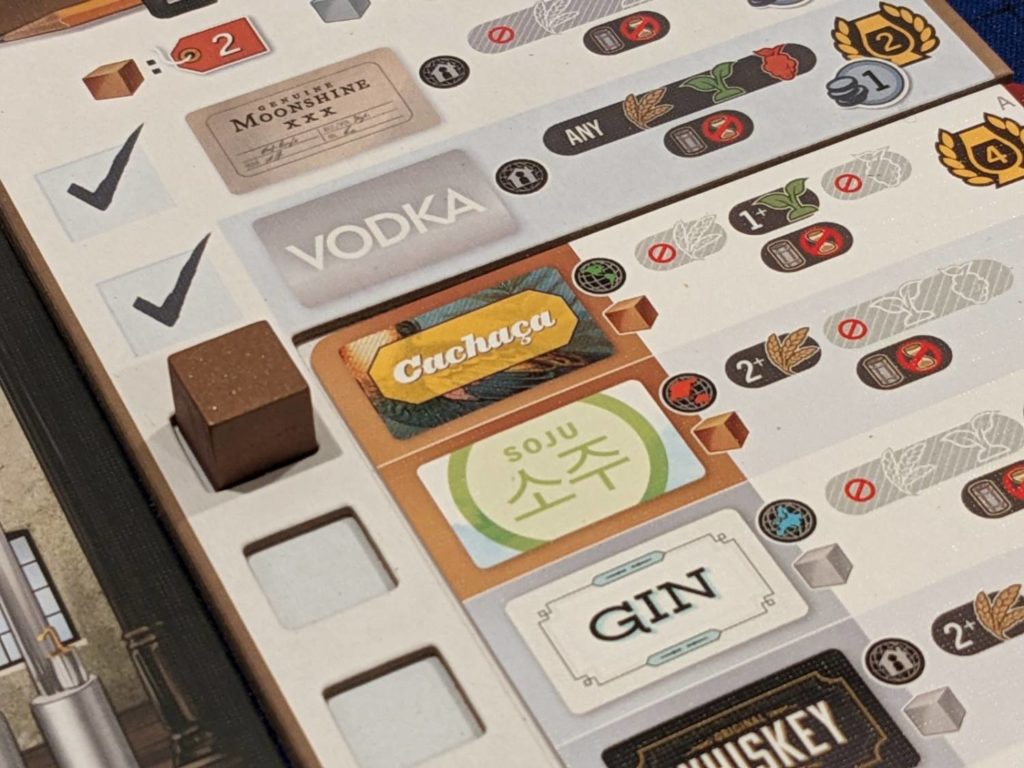
The Numbers (It’s Tricky)
Cornering anyone in the industry on the number of games released in a year is really, really tough.
One source I pulled last year, that tried to distill the number of games created in BGG versus the number that were actually produced and made available to a wide audience, came up with a number in the 1,200-1,500 games range. I think this is the range that is the most accurate depiction of new games arriving in a large-enough volume to truly be available to anyone with a valid credit card.
BGG’s number is staggering: there are more than FIVE THOUSAND games listed for 2022 alone. Dozens, maybe hundreds, of that 5,000 figure are produced in small print runs that might only be available at conventions or directly through a designer.
But the math here is simple: you’d have to play about 14 games a DAY to play everything that was technically released last year. (That number does include expansions.)
I logged over 500 plays in 2022, reviewing about 150 games. If those plays had only been single plays of 500 different games that were all released last year, I still wouldn’t be able to scratch the surface of the games that hit the market.
It’s really unbelievable, isn’t it?
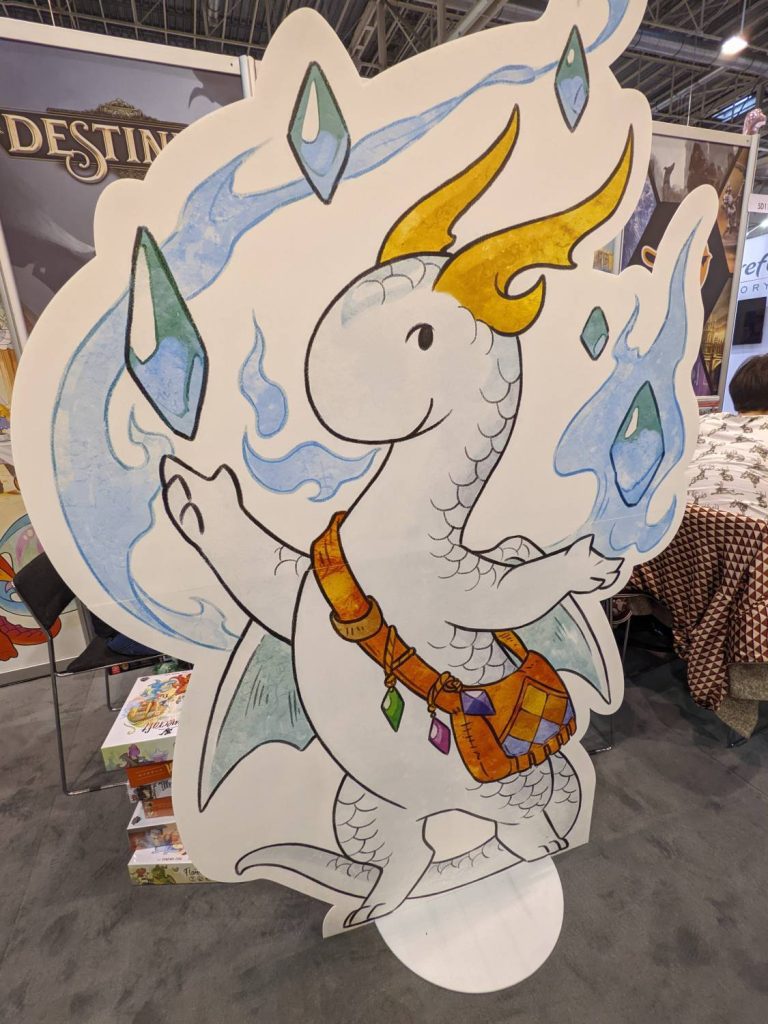
Games are coming out in waves, but almost everyone I know plays games less often than I do. Maybe you’ve heard this stat before: prior to COVID, 91% of Americans saw two movies or less per year. That remaining 9% kept the movie business afloat. I’m one of those movie junkies, and I’m definitely a one percenter: I see anywhere from 30-40 movies in theaters each year, even now.
Games are in the same boat, so maybe–and I’m speculating here–game publishers are hoping that the one percenters buy so many games, across a variety of different formats and game types, that this will help keep the tabletop industry afloat. In 2022, per data from Arizton, the tabletop market globally was estimated to land in the $19B range. That’s a lot of possible cheddar for publishers and the network of people who make a living producing, marketing, and selling games at retail.
If we can count on non-gamers to pick up a game a year as a gift for someone else, and for the top 10% of gamers to buy a lot of product, maybe that is part of the reason why there are so many games.
But it feels like many of us in the tabletop media and content creation space are talking about the same 250 games each year, for better and for worse. That means that games like Frosthaven, Carnegie, Flamecraft, Blood on the Clocktower, Splendor: Duel, Cat in the Box: Deluxe Edition, and a few other games were covered by almost every outlet in the hobby.
What about the other 4,994 titles that were supposedly published last year?
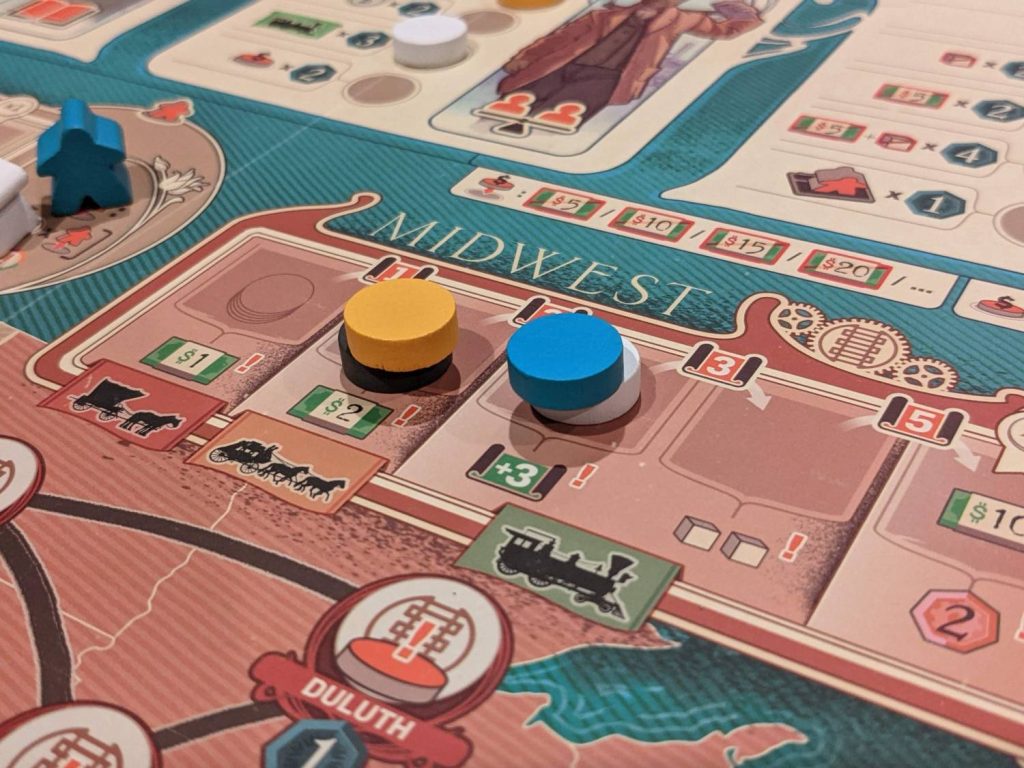
“Drowning in Mediocrity”
A term that was thrown out by the Board Game Barrage folks, and one that I have tossed around myself: “I’m drowning in mediocrity.”
Games are consistently incredible in only one way right now: the quality of components available even in the base game edition of many games coming to market is often ridiculous.
I call out two games regularly with friends in Chicago: Cryo and Maglev Metro, both of which were released in 2021. I would say that 2021 was the year when I began to see games with off-the-shelf deluxe components hitting retail without a crowdfunding campaign.
Dice that were out of this world. Quality card stock. Inserts, to ease the setup process of a game. Dual-layer player boards. Those trains in Maglev Metro, combined with the transparent tiles that allow players to stack their train routes. Super-thick main game boards. Fancier rulebooks, detailed player aids, even a “first play” rulebook from time to time.
Many, if not all, of the above items are now standard in a game box. In this way, we are living in the “golden age of tabletop.” I had the chance to play the updated version of Ra recently; having played the original 1999 version of the game, I couldn’t believe how nice the new version is. When we finished, I asked the game’s owner how much this deluxe version cost during the crowdfunding campaign.
“Oh, this is the retail version,” he answered. “The deluxe version has premium wood tiles and metal point tokens.”
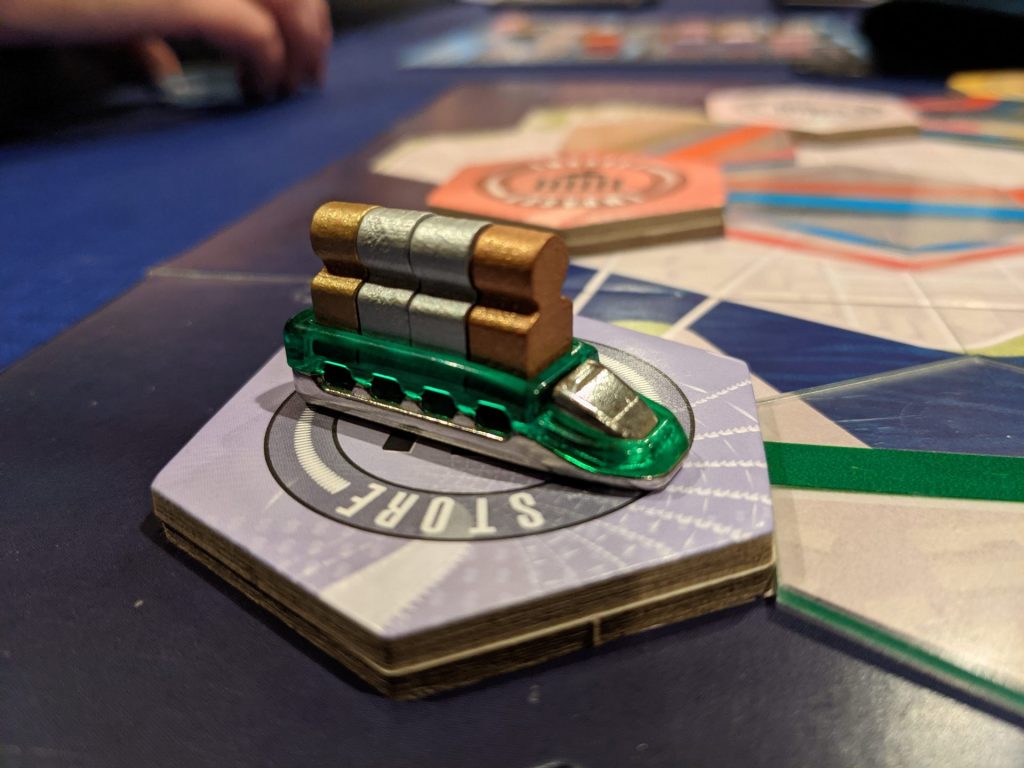
For $50, you can get a lot of great games with some of the best components I’ve ever seen. But this is also the problem. It feels like publishers are too focused on sexy components and not… you know…great gameplay.
I won’t call out specific games here, but it’s pretty rare that I play a game that surprises me in a positive way: new gaming mechanics, more diverse themes (although it feels like this is just around the bend), games that blend good ideas from the past with new ideas from the present. Usually, something like the following happens instead:
“It’s a deck-builder like Clank!, but this time…we’re in SPACE!!!”
“It’s a Euro, with public milestones and tracks, but this time, the characters are finally all WOMEN!!!”
“It’s a trick-taking game, but it’s got hidden roles!!!”
Sometimes, these games work. Often, they are no better than anything I have played over the last ten years…but the artwork is better. Or, it’s an actual reskin of a great game that is out of print. In this case, I’m OK with putting a new version out—that’s the only way to get a copy of a game that is universally loved by the gaming community.
Other times, we are correcting the wrongs of the past: take a game like Mombasa, change the earlier problematic setting to the future (SPACE!!!), rename the game Skymines, and call it a day.
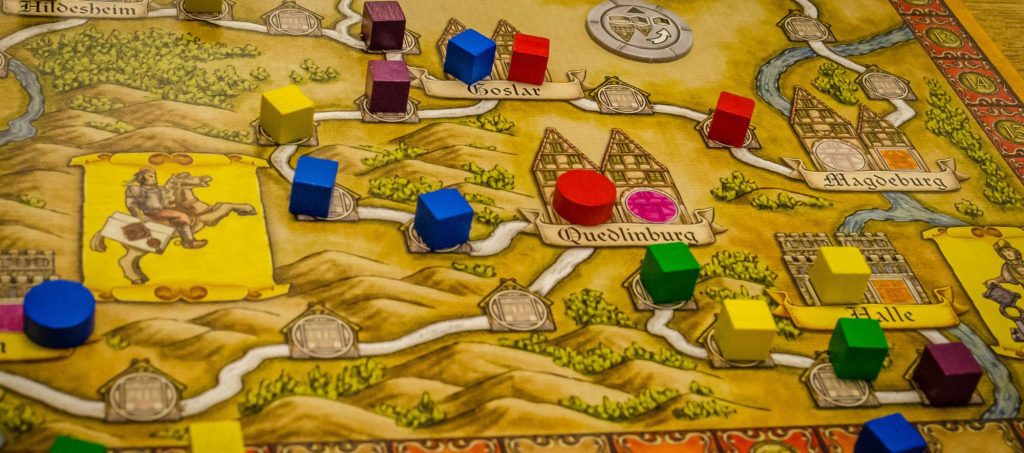
Innovation Through Combination
Nowadays, I am leaning hard into the past, and not the present.
If you’ve followed some of my recent content, you have noticed that I’m still covering new productions from time to time. I’ve played a number of games from late 2022 and 2023 and had a fabulous time in some cases.
I have also spent time reaching out to publishers to mine their catalog for older games; there are so many great games that came out in the 1980s, 90s, and “aughts” that I want to try more of them. The early 2010s also have a lot of treasures, but the “culture of the new” is killing our ability to go back in time; games that are out of print also make that difficult. Each time I play Hansa Teutonica Big Box (originally released in 2009) or Concordia (2013), I always say the same thing—NOTHING that I have played recently can touch the level of simple rules combined with meaty decisions in many of these older games.
It’s OK if innovation now has taken on a new form—”innovation through combination.” Cat in the Box does this very well—it’s a trick-taking game with certain elements that are as old as time. But let’s shake things up by…making the cards unsuited! So now it’s a game of Spades, complete with each player bidding for the number of tricks they think they will take in a turn, and we’ll give it a minor twist.
But wait, that’s not enough! Let’s add on an element of area majority by letting players score extra points if they can drop tokens in their color on a grid, which scores for adjacency! YESSSSSSSSS!
In some cases over the last year or two, “innovation through combination” has worked out really well. I recently got to play Darwin’s Journey, the new game from one of my favorite designers, Simone Luciani (and co-designed by Nestore Mangone, who designed one of my favorites from last year, Autobahn). Nothing about Darwin’s Journey feels unique. But I thought it was interesting, if only because it combined some elements of games like Maracaibo with a more complex scoring element, and Teotihuacan and the idea that I can get better actions with better workers.
Darwin’s Journey is basically a heavy strategy, worker placement game. But it has four or five extra things going on to spice it up. It’s fine, really. It combines things that I enjoy and then tacks on incredible production elements (those seal tokens in the deluxe version; yessir!!).
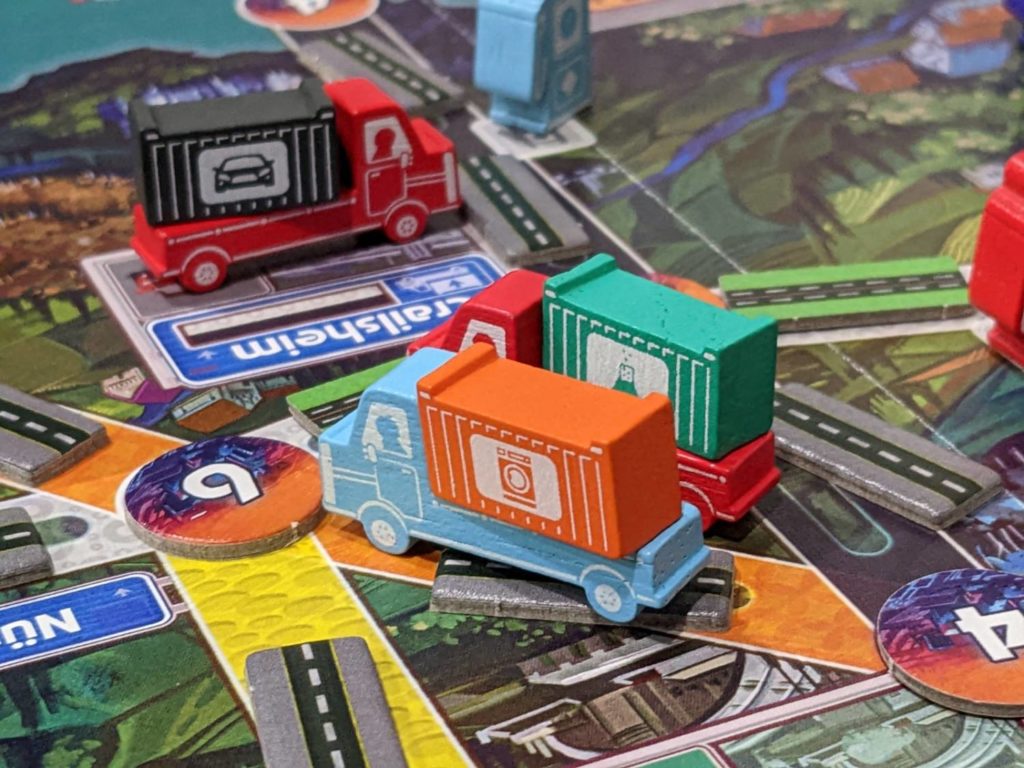
So Yes, There Are Too Many Games
I really don’t know how anyone does it.
BGG says that there are more than 3,200 games releasing in 2023, and that doesn’t even include expansions. As a member of the tabletop media industry, I will probably get to try about 150 of them, maybe 200. That leaves more than THREE THOUSAND base games that I won’t even get to try this year.
Even if we use my stats from earlier, and we only get a third of those games to be available in wide release, we’re still talking about at least a thousand games I won’t get to try. And even if I only stuck to playing 2023 releases for the next few years, I can’t imagine ever getting to them all.
Now, here’s the upside of having too many games in the marketplace: there really is something for everyone.
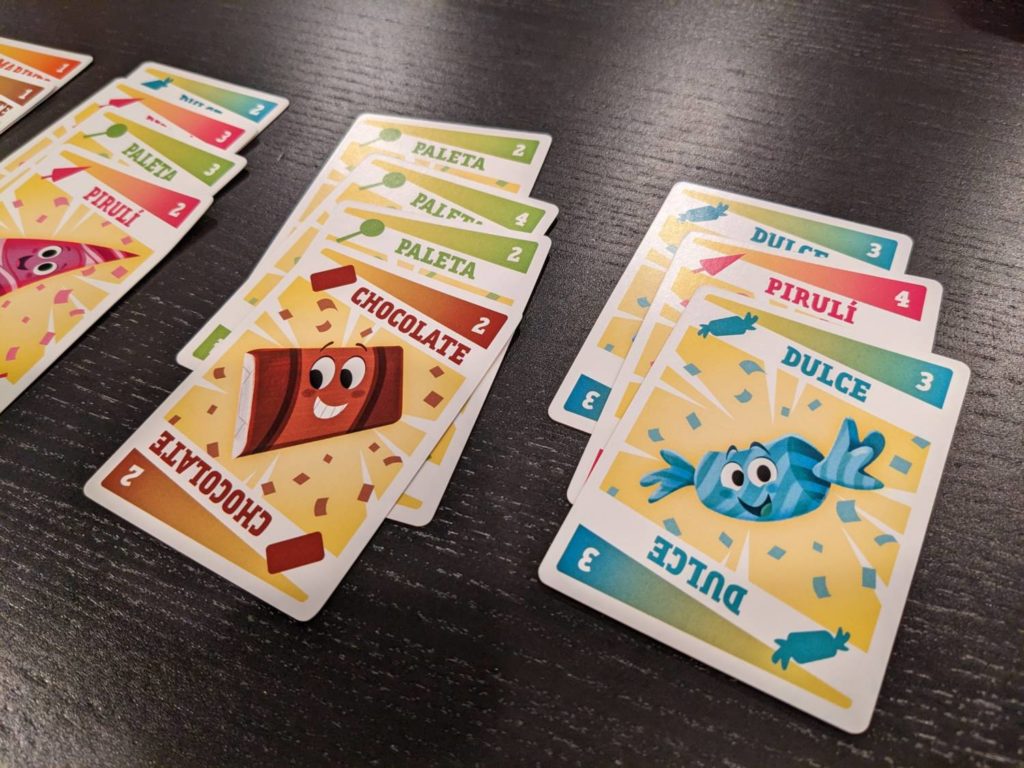
I love dexterity games. According to BGG, there are about 90 “Action/Dexterity” category games coming to market this year. That’s great! If I want to play a dexterity game about, well, piñatas, I can do that. If I want to play card dexterity games, I’m set. Dice dexterity games? Check. Weird dinosaur-like dexterity games? We’ve got those too!!
In fact, if I ONLY wanted to play dexterity games that release this year, there’s an outside chance I could play them all. That’s great!
Not every category is this easy, but that just means the choices of war games, Euros, deck-builders, two-player-only games, roll-and-writes, and anything else you can think of is going to be out there. (And we haven’t even talked about trick-takers yet!) Even if we disagree on the level of quality out there, we all agree that people have never had this many choices for games in human history.
And maybe that’s OK.
Maybe we’re about to enter the true golden age. Sure, it’s getting harder and harder for me to focus because there are so many titles coming at me on a daily basis, but at least I get to pick and choose what types of games I want to play. Combine that with stellar production and a hobby that is finally beginning to embrace the kind of inclusion I always dreamed of, and the future of tabletop is something I can get behind.
Still, I’d be OK with a few thousand less games coming out each year. Please?


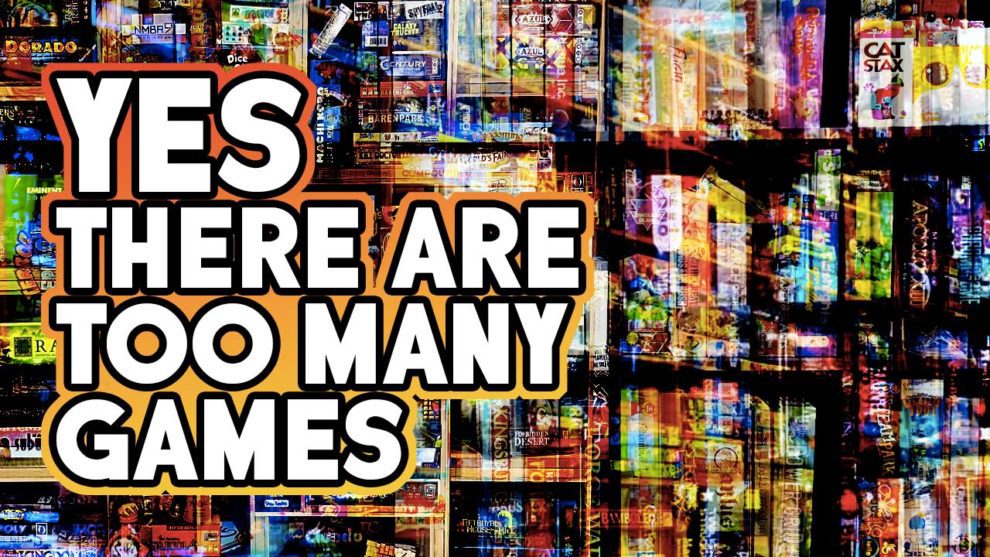


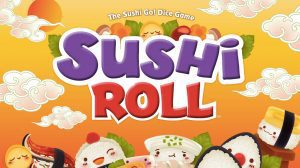



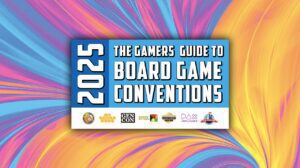

The great, but niche Hollywood-insider outlet, The Ankler, recently re-defined ‘The Golden Age of Television’ not as having the best TV shows, but having the most money thrown at it. Then when streamers realized that having every current subscriber binge a show would not necessarily make them more or less money, and profits weren’t as tied to the future-value of current shows as they convinced Wall Street they were, the well dried-up.
It seems apparent that the boardgame industry has already hit and moved past ‘peak Kickstarter’. I, for one, am relived to be past the unending FOMO, followed-up by sub-par releases that jealously-guarded backers gave 10s to on BGG. A wonderful and welcome by-product of the CMON-induced crowdfunding movement is that production values, as you mentioned, are drastically improving. While there is lots to unpack there, which we can save for another time, the point I wanted to make is that perhaps the prior period, the Kickstarter era, was the quote “Golden Age of Boardgames”, and where we are now, is the rising tide that lifts all boats. From my perspective the bubble has burst and in its place we now have more beautiful games and new gamers in the hobby.
Lastly, I don’t want to be pandering but I feel like modern-age music is a suitable example. Our music streaming platforms of choice do a good job of inundating us in the genres we like. Rarely do you have to expand your scope or learn about new artists elsewhere; Spotify will take over and circulate new music right along the same edges and fringes of where you already exist. Every time I go to a diverse music festival I am reminded that this form of art is bigger than me — VASTLY. Hardcore shows with dozens of death-cursive band names I have never heard mentioned, to a vast world of folk and bluegrass that has deep, historical roots and permanence.
Maybe music is like all the oceans of the world, each with diverse ecosystems, currents, etc. Board games used to be our own private lake, but now they’re the Mediterranean, inching closer to the actual ocean. We could be so lucky to be in that place, and I am certainly rooting for the dam to break.
This is a long post and I realized I was waxing poetic, but the reason why I root for that comes down to what you crave — innovation. You mentioned Simone Luciani being a favorite designer of yours, but finding the most recent release to be more of the same. What we need is what you can find in the film industry (currently slightly diminishing) and also music. Volume. Volume will provide innovation and innovation will drive creativity and innovation in others.
It’s just like movies, comic books, music, etc. As long as people keep buying it, someone will continue to produce it. I have zero FOMO for anything, so I can’t comprehend the obsession to sink time and money into meritocracy.
My biggest problem, initiated when I became aware of (and joined) this new age of board gaming, is the expansion. I am a bit of a completist, so when I got into Dominion (for example) I wanted everything that was Dominion. I got them all — and most of them were fun or interesting. A few were duds (I was not a fan of the Alchemy expansion). I spent way, way too much on this game: up to and including a custom oak storage box to store all of the cards and components that the designer said would be coming. Then he completed those and started making more, and my rather expensive storage solution was no longer capable of holding everything.
Another problem I had: designer fanboyism. I found a few designers that I started to buy everything from. That got expensive really quick.
The last problem: FOMO. You bring it up, but the people who delve into Kickstarter and the like and make each level of support come with things you cannot get at lower levels of support and which will never make it into a retail version (assuming one will even be offered) and I dove into a few campaigns I likely should have avoided.
===
Yea. There are too many games. Too many new games produced each year, too many games from this year and the past that I have missed the train for, and far too many new expansions for the games I already have. There are too many games.
I have kicked my completist habit; I no longer need everything for a given game. I find myself looking over some new expansion and I feel that desire to get it since I have all the others. But these days, I tend to start doing calculations: how often does that game hit the table? Would this expansion offer so much more that the frequency would increase? Then I figure out the number of plays I would need to get the cost of the item down to less than $10 per play. Would I manage that this year? Next year? Ever?
I have kicked my fanboyism habit; I no longer need to get the entire library of a given designer. I still follow a few designers, and I like some of the things they have done. But I do more calculations: is this unique enough to make it worth getting? How often would that game make it to the game table? How many plays do I need to get the cost of that game down to less than $10 per play? Will that happen this year? Next? Ever?
Combining those two, I have culled much of my collection. Before we moved from Iowa to Maryland, I took multiple carloads of games to Half Price Books and just got rid of them. If I see a new game that scratches a familiar itch, I am as likely to pass it up as I am to remove the similar game from my collection prior to buying.
I have kicked my FOMO habit. I no longer care about missing out. I have a sizable collection of games. If I do not have this game or that, I have plenty to chose from. If something comes along and seems like it would hit the table fairly regularly, then sure. But about twice a year now, I go through my collection and start pruning. I think I have donated or sold some 3,000 games over the last few years.
There are too many games. That means we have a metric butt-tonne of choices. We have to be careful in our spending habits. As long as every meaningless expansion, every uninspired collection of mechanics calling itself a game, and every support level promising items you don’t need but cannot get anywhere else continues to pull in cash to support mediocre game play… then these tactics and this situation will not change.
Demand originality in theme, mechanics, and game play.
And you, sir, keep telling us when they hit the mark, and when they miss it. I certainly appreciate you (and the rest of the team at Meeple Mountain).
Thanks for the love, David!
“Meaningless expansions” about sums them up. I decided several years ago that I was never going to buy expansions again. I have yet to own one that truly adds the game. I don’t mind the expansions that add new cards without changing gameplay — to games that actually make it to my table at least once a year, but that’s about it.
We’re of like-mind on a lot of this stuff.
I think Golden Age of Boardgames hit somewhere in the 2000’s and continued through sometime in the 2010’s. I got into it in 2013, but I think there was a greater awareness of boardgames and what they could be designed to do in the 2000’s sometime. I like that you differentiate our current times as golden in terms of production and as mentioned, resulted from crowdfunding and the initial boom/golden age of board games. Perhaps we’re in the gilded age of board games instead? Success coming from combinations of tried and true stuff more than unique and new ideas that were like those of yesteryear.
My collection is mostly concentrated in 2014-2019 published years (per BGG), but I have a healthy amount as well from the entire 2009-2023 range, outliers as far as 2002-2024.
I think Golden Age can sometimes seem like it depends on when one personally jumps into the hobby, but I spent quite a bit of funds these last few years going back to stuff that came out before I got into gaming (so games 2013. I like to think the new stuff has a higher bar to hit, but the bar definitely shifts as much laterally as well as vertically.
After searching BGG, I think some of these later years have waned as after the first few pages of any search by year and current BGG rankings, the games I’m interested in looking into drop off a lot. Even if we have thousands of games coming out, only about 200 are even worth being aware of, depending on one’s tastes, and even fewer get bought/tried.
Culling is more of a thing for us than other hobbies since games not only can be costly, but take up finite storage space, play time, and memory load for rules. But I don’t plan on leaving the hobby any time soon and likely will keep informed on the industry on a daily basis.